Exposure • Media • Photography

October 13, 2015
Exposure: Pirelli Calendar Model by Peter Lindbergh
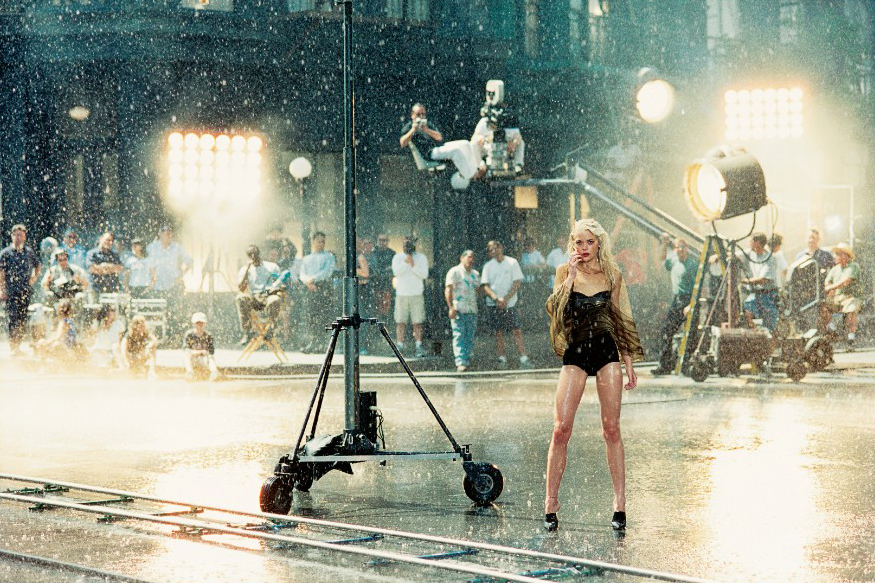
Jaime King by Peter Lindbergh, Los Angeles, 2001
The theme of the 2002 Pirelli Calendar, shot by Peter Lindbergh, was Hollywood, and the calendar includes this picture of the model-turned-actress Jaime King, who had recently starred in Pearl Harbor. Taschen is using a slice of the photograph as a header on a website page about its new Pirelli book.
The Pirelli Calendar, like Playboy, has parlayed its collection of high-class trophy pin-ups into a global institution. Big-name photographers—Richard Avedon, Bruce Weber, Annie Leibovitz—readily provide their services, and beautiful women from Gisele Bündchen to Julianne Moore consent to pose. Newspapers and magazines fall over themselves to run slide shows spotlighting the “hottest women from every Pirelli calendar ever,” as GQ frothed in a recent publicity piece. Lindbergh’s picture was one of them.
Where does feminism stand on this kind of objectification now? Lindbergh’s exquisitely staged and composed scene is notable for breaking the fourth wall and making its subject (in a way we can’t entirely call Brechtian) the normally hidden from view mechanics involved in the production line of glamorous images. The photographer’s week-long shoot with a cast of female film stars took place on a backlot at Universal Studios, and required a crew the size of a movie’s. The guys play a secondary role here as a chorus line of male gazers captivated by King’s blond hair, getup and legs.
Many are inclined to take images like this at face value as representations of female empowerment. To this way of thinking, King is doing a fine job of making the best of her assets, as any sensible person should, and good for her if these happen to include looking stunning in lingerie under a rain machine’s shower. As an emerging movie star, it’s her function to relish being looked at. Her sensual stance conveys her power to command an audience as well as her total assurance in the gratifying role of magnet for the attention that others will feel compelled to bestow. She, not her viewers, is the one in the center, generating the heat.
At the same time, like the mobile film equipment positioned beside her, King is also a kind of instrument wheeled into shot, fulfilling a purpose determined by others who stand to profit from her loveliness. As her isolation in this widescreen space implies, she was a potentially vulnerable ingénue in an interminable parade of new arrivals. If Lindbergh harbored misgivings about objectifying his female subjects, though, he presumably wouldn’t have shot the calendar, or spent his career photographing models. This is a fashion-world insider’s picture, a gorgeous piece of artifice, dissolving in light and water, which achieves a degree of candor about its genesis and anticipated reception not often seen in glamor photos.
Observed
Observed
Jobs
- ConfidentialMahwah, NJ - Onsite or Remote PossibleVisual Designer
- Brand ApartAtlanta, GADesign Traffic Manager
- ConfidentialThis is a Remote Position“Toothbrush Concept Sketch Designer (Multi-View + Color)”
- Miami UniversityOxford, OHWoodshop Manager - Architecture and Interior Design
- Arizona State UniversityTempe, AZAssociate Professor and Program Head of Industrial Design
- HealyKohler Design, Inc.Washington, DCExperienced Exhibit Designer
- ConfidentialSan Francisco, CA - Onsite or Remote PossibleCAD expert wanted for audio startup
- VCNY Home New York, NY - Onsite or Remote PossibleDesigner, Hard Home & Textiles
- EmiratesDubai, United Arab EmiratesManager - Digital Product Design
- M House DevelopmentNaperville, ILSenior Designer
By Rick Poynor
Related Posts
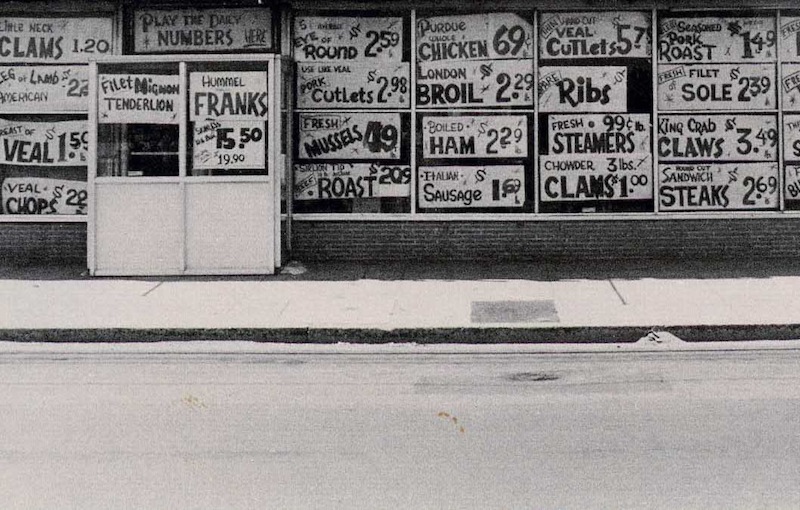
Exposure
Rick Poynor|Exposure
Exposure: Andy’s Food Mart by Tibor Kalman and M&Co
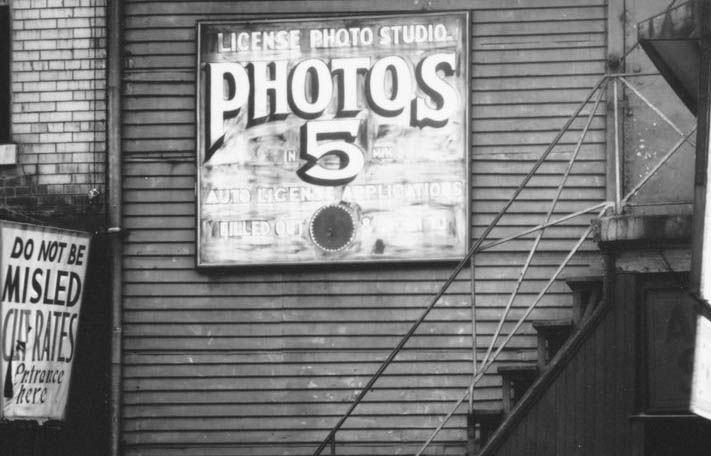
Exposure
Rick Poynor|Exposure
Exposure: License Photo Studio by Walker Evans
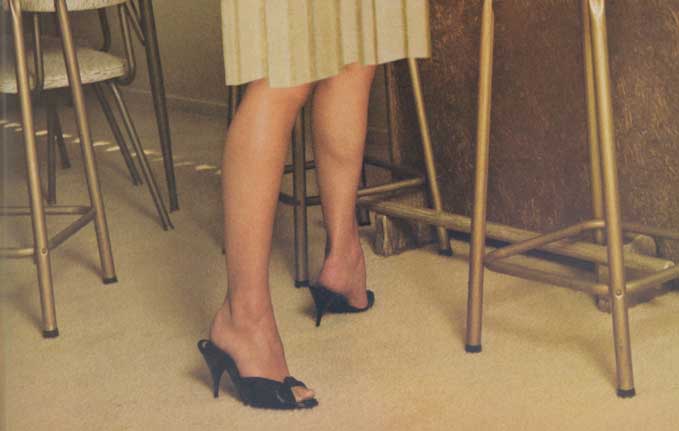
Arts + Culture
Rick Poynor|Exposure
Exposure: Drape (Cavalcade III) by Eva Stenram
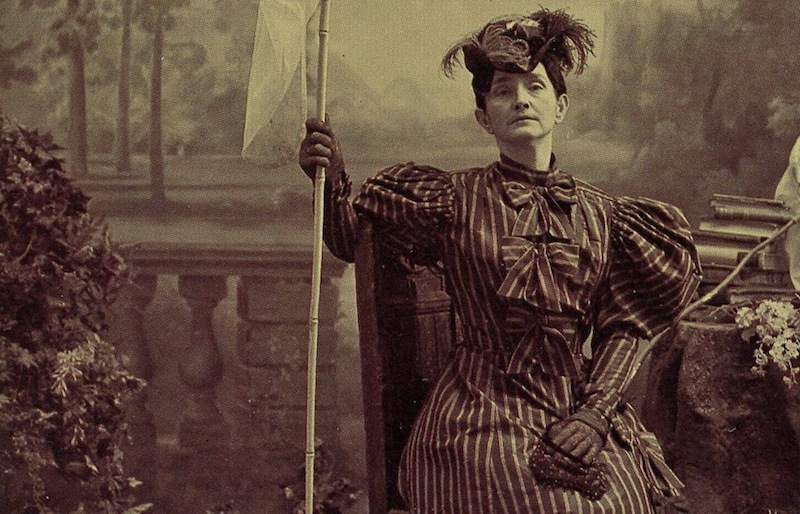
Arts + Culture
Rick Poynor|Exposure
Exposure: Mrs. E.N. Todter by Dion & Puett Studio
Recent Posts
The New Era of Design Leadership with Tony Bynum Head in the boughs: ‘Designed Forests’ author Dan Handel on the interspecies influences that shape our thickety relationship with nature A Mastercard for Pigs? How Digital Infrastructure is Transforming Farming and Fighting Poverty DB|BD Season 12 Premiere: Designing for the Unknown – The Future of Cities is Climate Adaptive with Michael EliasonRelated Posts

Exposure
Rick Poynor|Exposure
Exposure: Andy’s Food Mart by Tibor Kalman and M&Co

Exposure
Rick Poynor|Exposure
Exposure: License Photo Studio by Walker Evans

Arts + Culture
Rick Poynor|Exposure
Exposure: Drape (Cavalcade III) by Eva Stenram

Arts + Culture
Rick Poynor|Exposure

 Rick Poynor is a writer, critic, lecturer and curator, specialising in design, media, photography and visual culture. He founded Eye, co-founded Design Observer, and contributes columns to Eye and Print. His latest book is Uncanny: Surrealism and Graphic Design.
Rick Poynor is a writer, critic, lecturer and curator, specialising in design, media, photography and visual culture. He founded Eye, co-founded Design Observer, and contributes columns to Eye and Print. His latest book is Uncanny: Surrealism and Graphic Design.